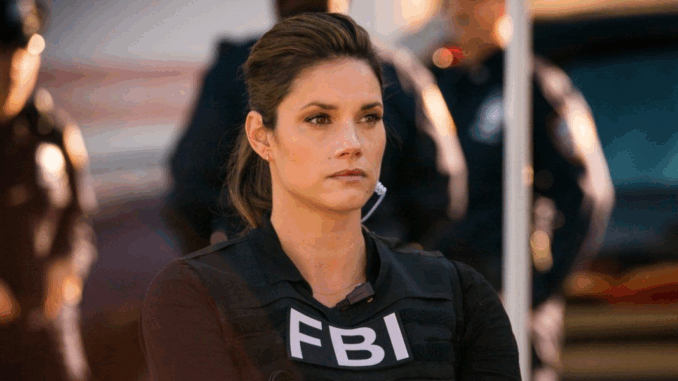
🕵️♂️ How Real Is Reel FBI? Behind the Glamorous Image of America’s Most Famous Law Enforcement Agency
From Criminal Minds to FBI, The X-Files to Mindhunter, the image of the FBI in film and television has become one of sharp suits, high-tech labs, flawless investigations, and agents who always get their man — usually with a smirk and a well-timed quote. But how accurate is this portrayal? Is the FBI really as cool, organized, and unstoppable as Hollywood makes them out to be?
Let’s separate fact from fiction.
🎬 Hollywood FBI: Always Cool Under Pressure
TV and film love to show us a version of the FBI that’s sleek and fast-moving. In most shows:
- Agents have instant access to cutting-edge tech.
- They arrive in black SUVs with full tactical gear.
- Cases are solved in under an hour, often by one brilliant profiler.
- There’s no paperwork, red tape, or jurisdictional squabbling.
- Everyone looks like they stepped off a fashion magazine cover.
It makes for great entertainment — but the truth? It’s a bit messier… and a lot more human.
🏛️ The Real FBI: Bureaucracy Meets Boots-on-the-Ground
In reality, the FBI is indeed highly trained and extremely professional — but it’s also a massive federal agency with over 35,000 employees, working across diverse fields from cybercrime to counterterrorism, white-collar crime to child exploitation. That kind of scope comes with:
- Lots of paperwork and procedure
- Strict legal protocols (agents can’t just “go rogue” like in movies)
- Coordination with local police and multiple agencies
- Weeks, months, or even years to build a case
- Plenty of waiting, stakeouts, and dead ends
“We don’t solve crimes in 43 minutes,” one retired FBI agent joked in an interview.
“But we do solve them — with a whole team, not one moody genius.”
🧠 Profiling Isn’t Magic — It’s Science, and It’s Rare
Shows like Criminal Minds have made the Behavioral Analysis Unit (BAU) seem like the FBI’s frontline force. In reality, the BAU exists, but it’s a small and highly specialized unit, and its profiling work is a tool, not a crystal ball.
- Real profiling is based on data, patterns, and past case studies.
- It supports investigations — it doesn’t replace them.
- It’s not used in every case.
🛠️ The Tech: Impressive, But Not Sci-Fi
Yes, the FBI has powerful tools and databases. But don’t expect facial recognition to spit out a suspect’s name in two seconds. Cyber units, forensic labs, and analysts often take hours to days to process information. Accuracy and legality come first.
👔 Agents: Less Action Hero, More Investigator
Most agents don’t chase suspects through alleyways daily. Many specialize in white-collar crime, cybersecurity, or counterintelligence, and spend a lot of time conducting interviews, writing reports, or testifying in court.
That said, elite tactical units like SWAT or the Hostage Rescue Team (HRT) do perform high-risk operations — but they’re the exception, not the rule.
🤝 Reality Check: Still Impressive, Just Less Cinematic
The FBI may not be quite as stylish and fast-paced as TV wants us to believe, but its dedication, intelligence, and reach are absolutely real. Agents undergo rigorous training at Quantico, must pass tough background checks, and often risk their safety to protect the public.
It’s not about being “cool” — it’s about being competent.
🧩 Conclusion: Real FBI vs Reel FBI
| Hollywood FBI | Real-Life FBI |
|---|---|
| Solves cases in 1 episode | May take months or years |
| Rogue agents and solo heroes | Team-based investigations |
| Instant tech results | Careful analysis + legal procedures |
| Always dramatic + stylish | Often methodical, slow, even mundane |
| Always right | Real cases include trial and error |
🎯 Final Verdict:
Is the FBI as cool and organized as TV makes it seem?
→ Organized? Absolutely.
→ Cool? Maybe not in a cinematic way — but in the quiet, competent way that actually keeps people safe.
📌 Next time you watch an FBI show, enjoy the drama — but remember, the real heroes are working behind the scenes, doing the quiet, often tedious work that saves lives without the spotlight.
